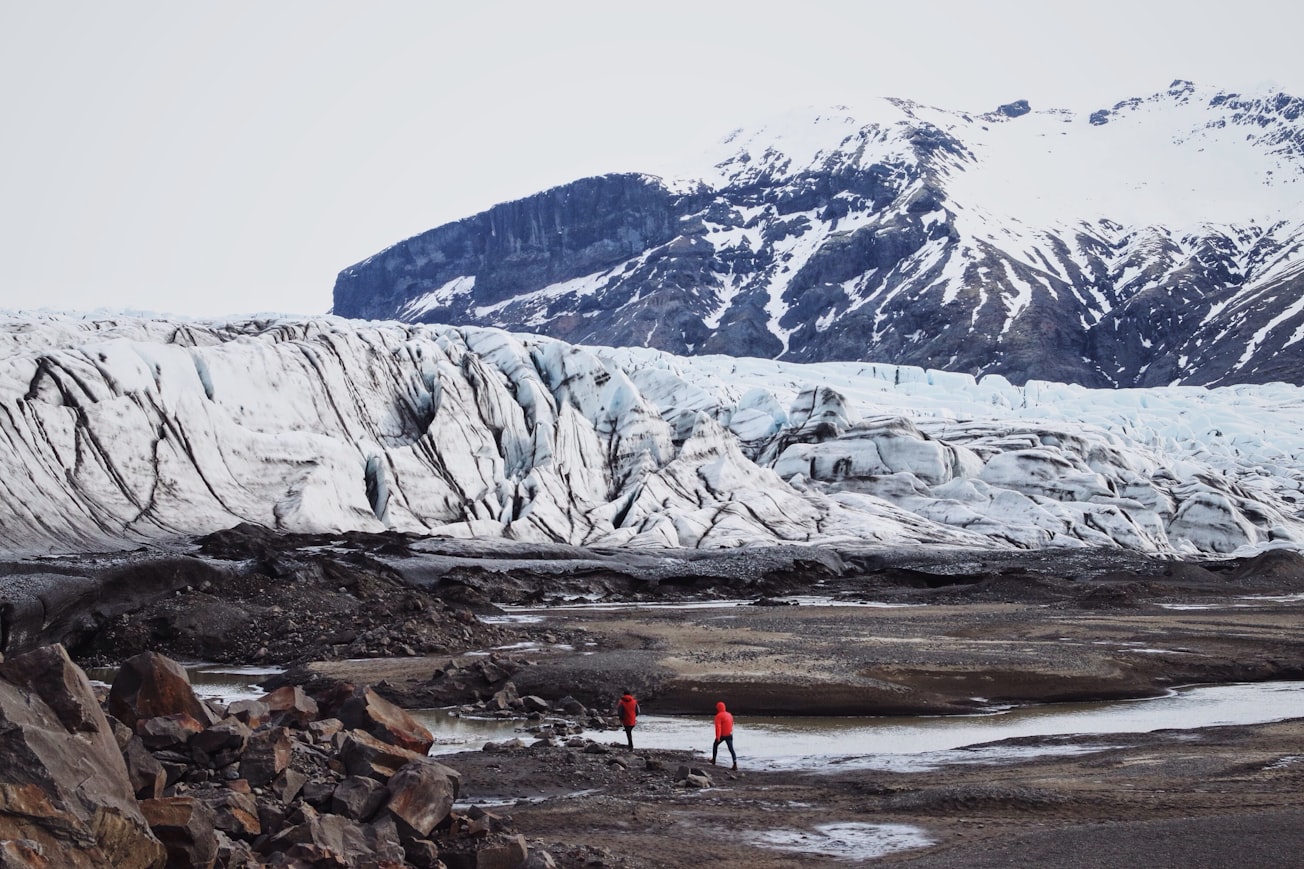What is it about?
In 2008, gas hydrates were discovered for the first time in a mid-latitude permafrost region at the Qilian Mountains, China, location where we found that the gas hydrates here may be unstable and gradually dissociated because of the changes in the properties of permafrost due to the climate warming. The permafrost can provide suitable temperature and pressure conditions for the formation and stability of the onshore gas hydrates. However, the resistivity of partial permafrost is lower than expected, which is reasonable interpreted as increased unfrozen water content of the permafrost due to climate warming.
Featured Image

Photo by Garrett Sears on Unsplash
Why is it important?
The air temperature will continue to increase, which may cause further dissociation and reduction of the gas hydrates. This process may release huge methane, a powerful greenhouse gas, and exacerbate greenhouse effect. The AMT method can be used to monitor permafrost and gas hydrates and investigate the impact of permafrost on gas hydrates.
Perspectives
The seismic and well logs are usually used to infer the gas hydrates. Our results show that the audio-magnetotelluric (AMT) survey technique is suitable for exploring gas hydrates in permafrost areas and analyzing the impact of permafrost characteristics on gas hydrate occurrence. We expect that our study can provide a useful reference for gas hydrates exploration in other potential permafrost regions.
Bo Yang
China University of Geosciences
Read the Original
This page is a summary of: Exploration of permafrost with audiomagnetotelluric data for gas hydrates in the Juhugeng Mine of the Qilian Mountains, China, Geophysics, July 2019, Society of Exploration Geophysicists,
DOI: 10.1190/geo2018-0469.1.
You can read the full text:
Contributors
The following have contributed to this page










